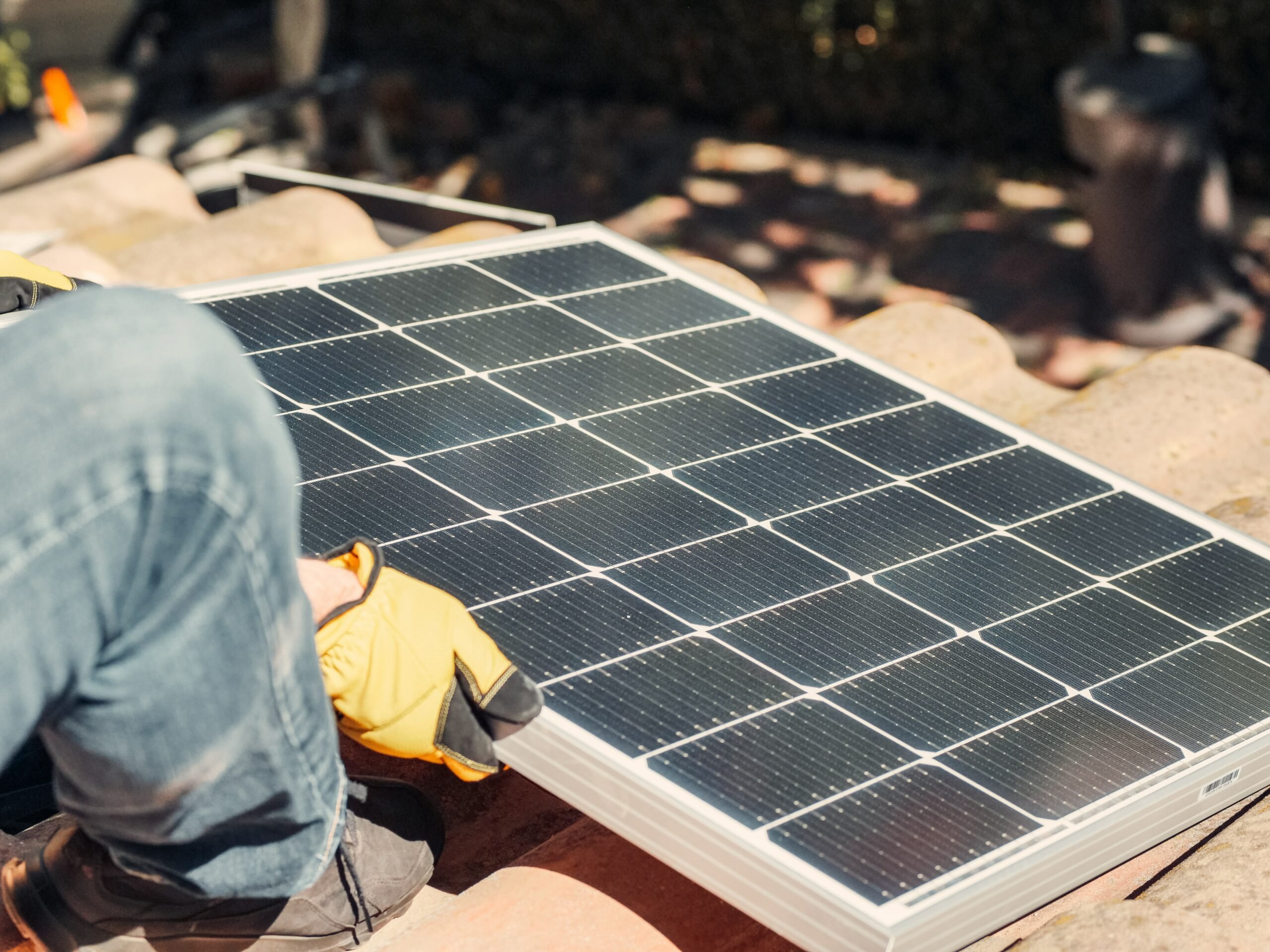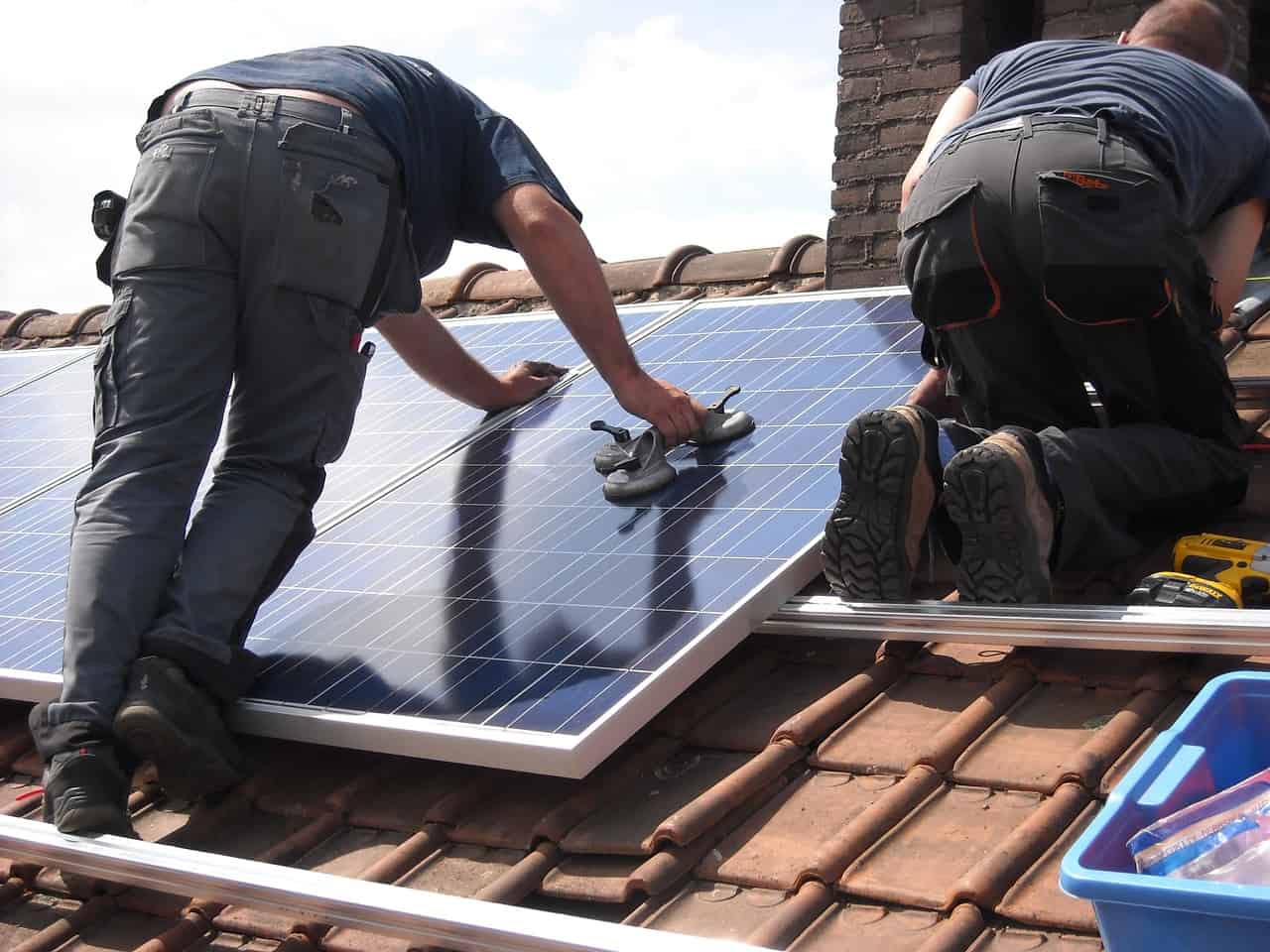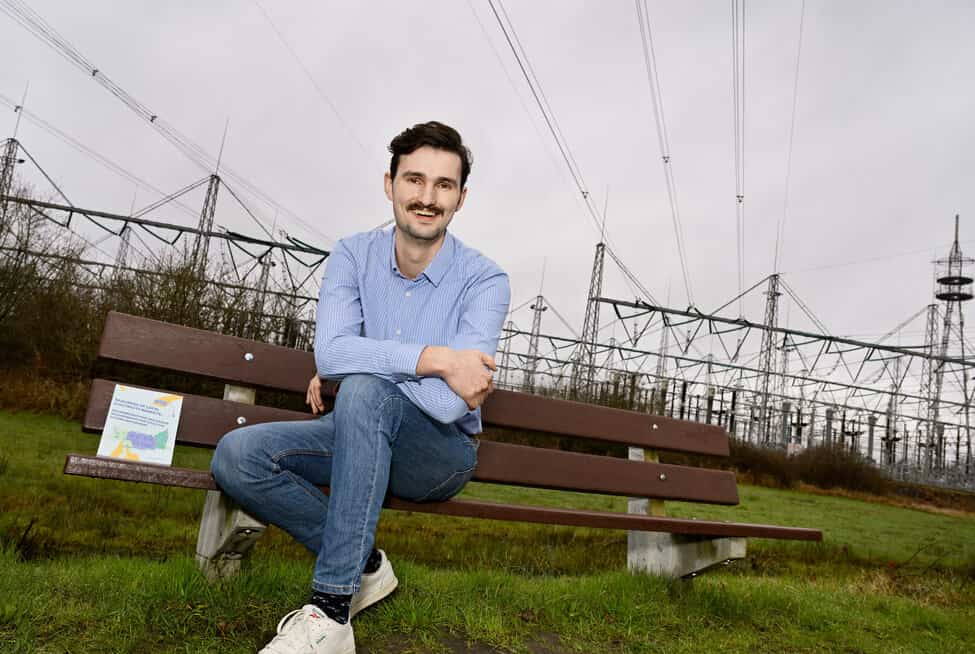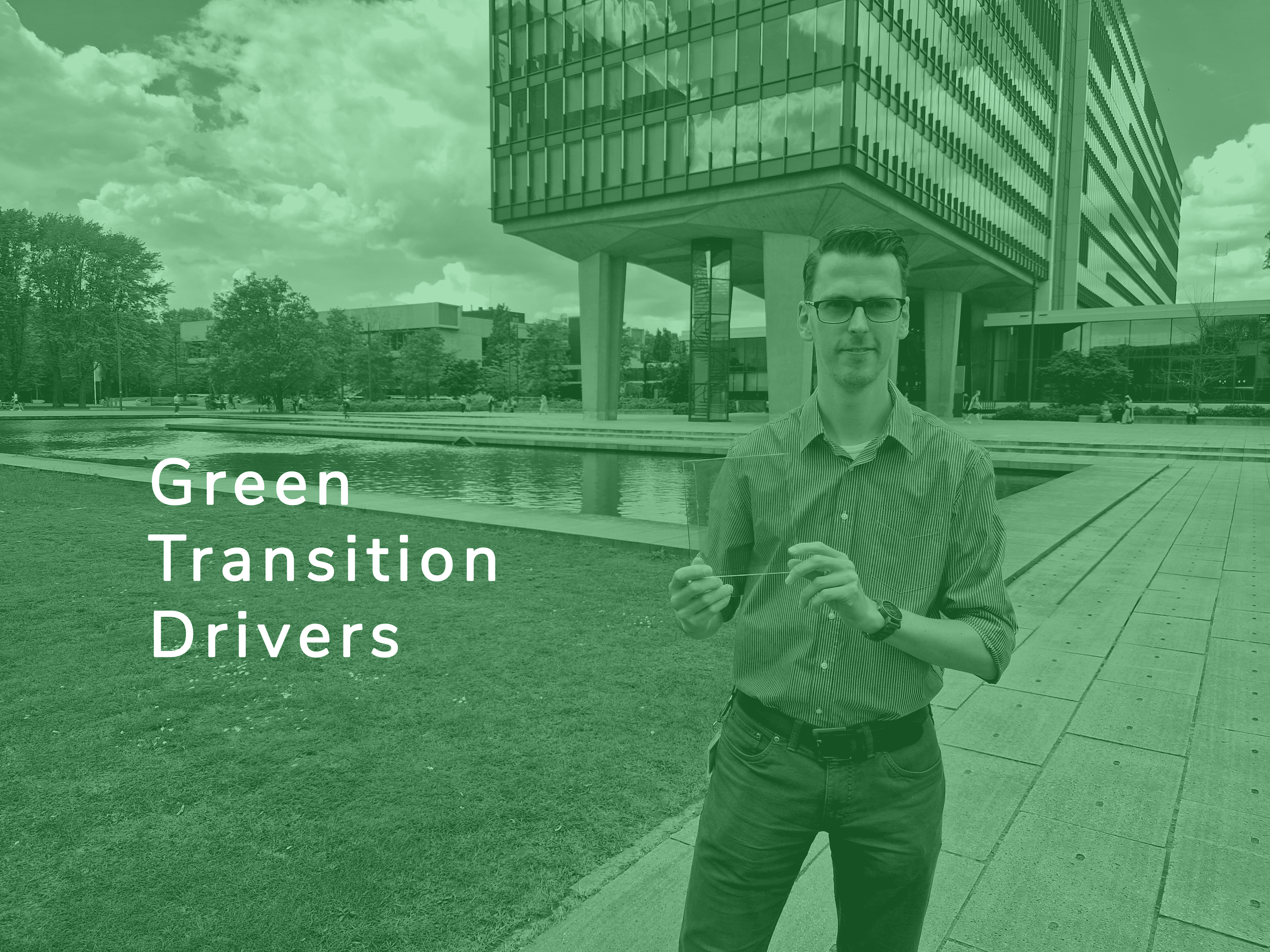
It seems so easy. You put a couple of solar panels on your roof or on your balcony, plug them in and start saving on your energy bills. Especially with the current energy prices, these plug and play sets are a godsend for people with a variable energy contract. But, experts say, these panels will not be much help to the energy transition.
On sites like Bol.com, you can buy a set of solar panels for just over €600 these days. You do not need an installer, you just mount the panels on your flat roof and plug them into a wall socket. The only thing left to do is register the panels via energieleveren.nl and you can benefit from the net metering scheme.
What does this yield?
The total output of solar panels depends on a variety of factors such as weather conditions, the angle at which the panels are positioned, air quality or the amount of shade. In the Netherlands, the rule of thumb is that solar panels generate about 85 percent of the peak power. Depending on your mains connection, you can connect two or three plug-in panels per empty group. With two instant plug-in panels of 340 watt peak capacity (with a total capacity of 680 watt peak capacity), that works out at about 578 kWh per year.
An average household in the Netherlands uses 2,730 kWh of electricity per year, according to Statistics Netherlands (CBS). You can’t achieve that with a set of plug-in panels. Households that want to generate this with regular solar panels quickly need up to twelve solar panels. But you simply cannot plug so many plug-in panels into your wall socket, says Robin Quax, program manager for renewable electricity at TKI Energy. This organization is part of the Topsector Energy group and supports a wide range of projects to accelerate the transition to sustainable energy. “To avoid overloading your meter box, you can only connect a maximum of three plug-in solar panels to an empty group. But if you see the current energy prices, you definitely can save on your energy bill with this,” Quax explains.
Read more about the energy transition here
According to him, it is possible to put more than two plug-in panels into your outlets. “But then you have to be pretty handy,” Quax laughs. “You have to dive into the meter box yourself to install a new group. Or you can have an electrician come by.”
But this comes at the expense of the easy accessibility of these plug and play sets. “The major advantage is that you can just plug them in without having to call an installer,” he explains.
Easily accessible green power
Similarly, Quax’s fellow smart energy systems innovation analyst Jasmijn Kleij thinks that plug-and-play solar panels can save on energy bills. “Because you don’t have to pay any installation costs and can start saving right away, you can recoup your costs fairly quickly. It’s an accessible option, especially for people with a smaller wallet, to get started with the generation of green power.”
Neither Kleij nor Quax think that these solar panels will play a major role in the energy transition. Quax: “It is by no means a game changer, but these types of panels can be very useful in some places. Regular solar panels are installed on a roof for a period of 20 years. You could use the plug-and-play panels if you want to generate green power temporarily. For renters, for example. Especially with the current prices between 40 and 50 cents per kWh, it is lucrative to purchase such a set.”
Role of the energy transition?
A few solar panels plugged into your power outlet will save you money on your energy bill, but what about the energy transition? If all the roughly 3 million rental homes in the Netherlands were to place such a set on their roofs, it would generate about 1.7 billion kWh per year. On average, that’s just over 1 percent of the Netherlands’ total energy consumption. Will this enable us to pre-empt problems such as the overloading of the grid? David Smeulders Professor of Energy Technology at Eindhoven University of Technology thinks that these panels will not solve this.
“The grid is already very congested in some places. But these kinds of small panels are not going to cause any problems. Maybe in a few cases, but then the grid will switch them off automatically. Right now, generated power goes directly into the grid. What we really want to move towards are smart systems linked up that first check whether power is needed at an address before it goes to the grid. You could also regulate this at a district level.”
Making the energy mix more sustainable
At Netbeheer Nederland, the advocacy group for the Dutch grid operators, they think differently. “Even if they only supply a very limited amount of power. It’s about making the energy mix more sustainable in the broader sense, whereby it’s a good thing that energy is used as close to its source as possible. That some types of power generators are still under development and yield less at the moment is a given. But look at the lightning-fast improvements in ‘ordinary’ solar panels,” says a spokesperson.
According to the spokesperson, this type of small-scale solution enables us to use the grid efficiently and it avoids overloading for peak loads. Especially if we can store power for later, in a home battery for example. However, according to Quax, the solar panels that are on the roofs in residential areas – generally speaking – do not cause congestion on the electricity grid. Moreover, home batteries are still a premium product; you easily pay around six to ten thousand euros for a battery with a 10 kWh storage capacity. That’s a significant investment for a battery that will last you two days at the most. “You will not recoup this investment quickly, certainly not with plug-and-play solar panels,” Kleij believes.
Moreover, according to Smeulders it does not make much sense to invest in home batteries as long as the net metering scheme still exists in its current form. “This scheme has led to all of us getting solar panels en masse. You can see it as a collective home battery where you can store excess power, as it were. If you do not generate any electricity, your consumption will be offset against the accumulated surplus. As long as consumers are being compensated for their surplus, it does not pay to invest in a home storage system. The plan is to phase out this scheme gradually starting in 2023 and finishing in 2030. It is only then that it might make sense to consider home batteries.”








